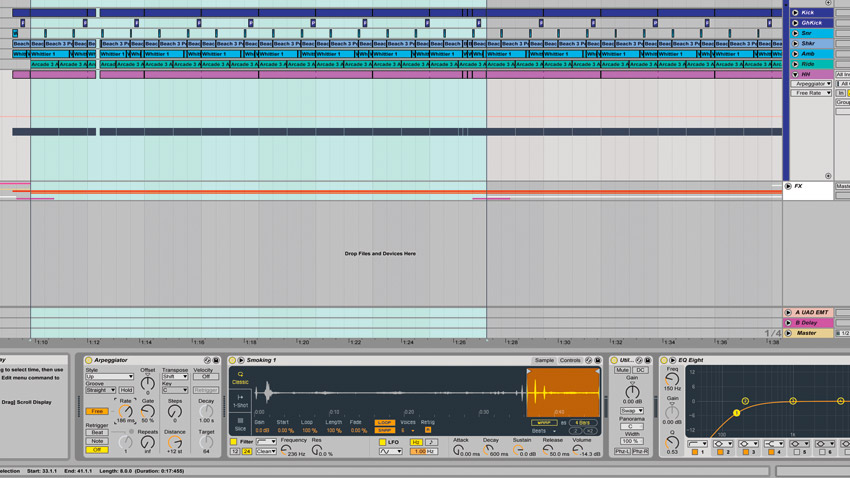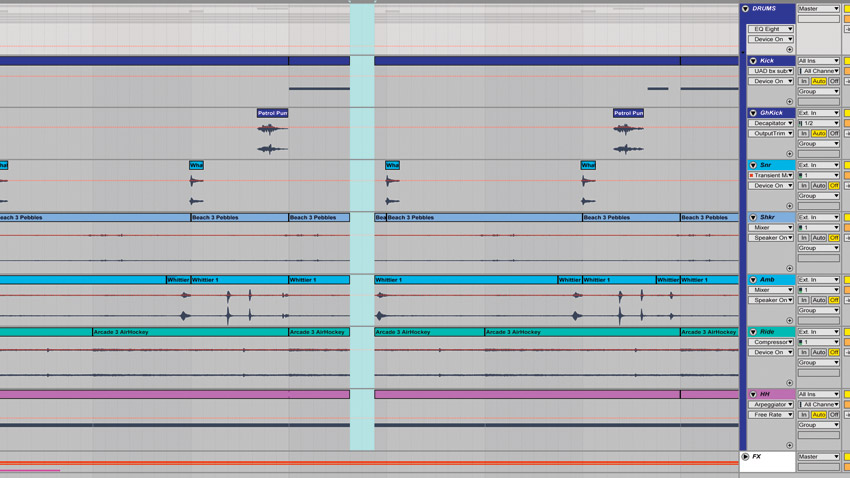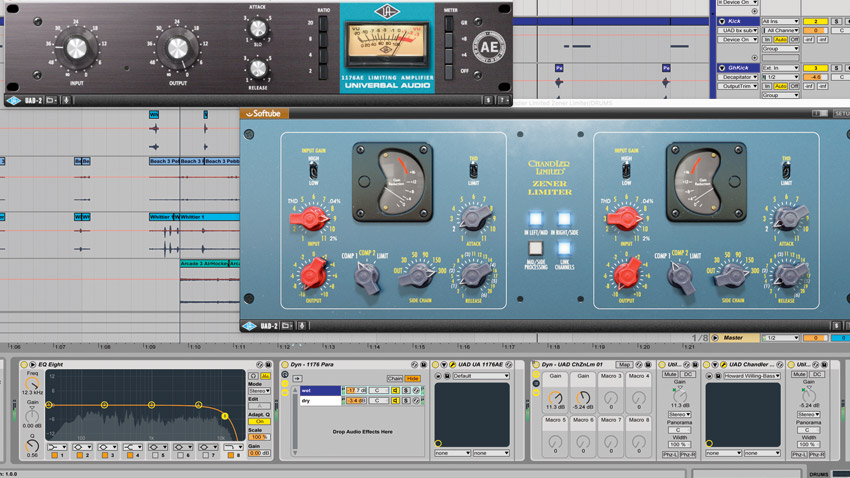How to design lo-fi beats using found sounds
Build beats from field recordings to work wonkiness, dirt and character into your drum tracks

Although it's easy enough to dirty up your beats by applying distortion and destructive processing to drum loops and drum machines, the true lo-fi noisenik goes one step further in the interest of ensuring unique end results.
Loading your own 'found sounds' and field recordings into a sampler for rhythm track programming sets you off on an already-gritty path ripe for further filthifying via effects plugins and editing. Here's how it's done…

Step 1: All the drums in this dirty 110bpm sketch have been created using only found sounds and field recordings. With a little sub enhancement, this overdriven recording of a car door being slammed is a surprisingly effective kick drum. To create a clunky ghost kick, we’ve then distorted a copy of this sound and placed it at key points.

Step 2: The track’s ‘screaming’ snare was originally a somewhat unremarkable snippet of ambience that’s been pitched up by nine semitones. After coating it with a metallic delay, we’ve distorted the signal to extremes, then forced its attack up with a transient shaper.

Step 3: Three layers of natural ambience sit behind the groove for air and depth: one is the noise made by walking on crunchy leaves, which sounds remarkably like a shaker; one is a bed of ambience containing a weird reversed ‘whip’ noise that embellishes the main snare; the third is a ride-like wash of high-pass filtered, compressed noise.

Step 4: Programming and arrangement is just as important to the lo-fi aesthetic as sound selection. By triggering a click sample with an unclocked arpeggiator, we’ve created a wonky, out-of-time hi-hat rhythm. All of our sounds have been programmed off the grid and put roughly in time by hand.

Step 5: Taking the ‘broken’ vibe of the track further, we’ve messily deleted gaps in the entire drum groove, giving the track an off-kilter joltiness that you’d never achieve with conservative audio editing. We’ve also duplicated the entire groove at certain points to emulate a stuttering, malfunctioning machine.
Want all the hottest music and gear news, reviews, deals, features and more, direct to your inbox? Sign up here.

Step 6: The raw, unprocessed nature of field recordings gives you more scope for heavy-handed processing. After grouping the drums to a bus, we’ve darkened the beats with a low-pass filter to remove shiny treble. Heavy 1176 parallel compression and forceful analogue-style limiting then crunch everything together. Nasty!
Future Music is the number one magazine for today's producers. Packed with technique and technology we'll help you make great new music. All-access artist interviews, in-depth gear reviews, essential production tutorials and much more. Every marvellous monthly edition features reliable reviews of the latest and greatest hardware and software technology and techniques, unparalleled advice, in-depth interviews, sensational free samples and so much more to improve the experience and outcome of your music-making.
